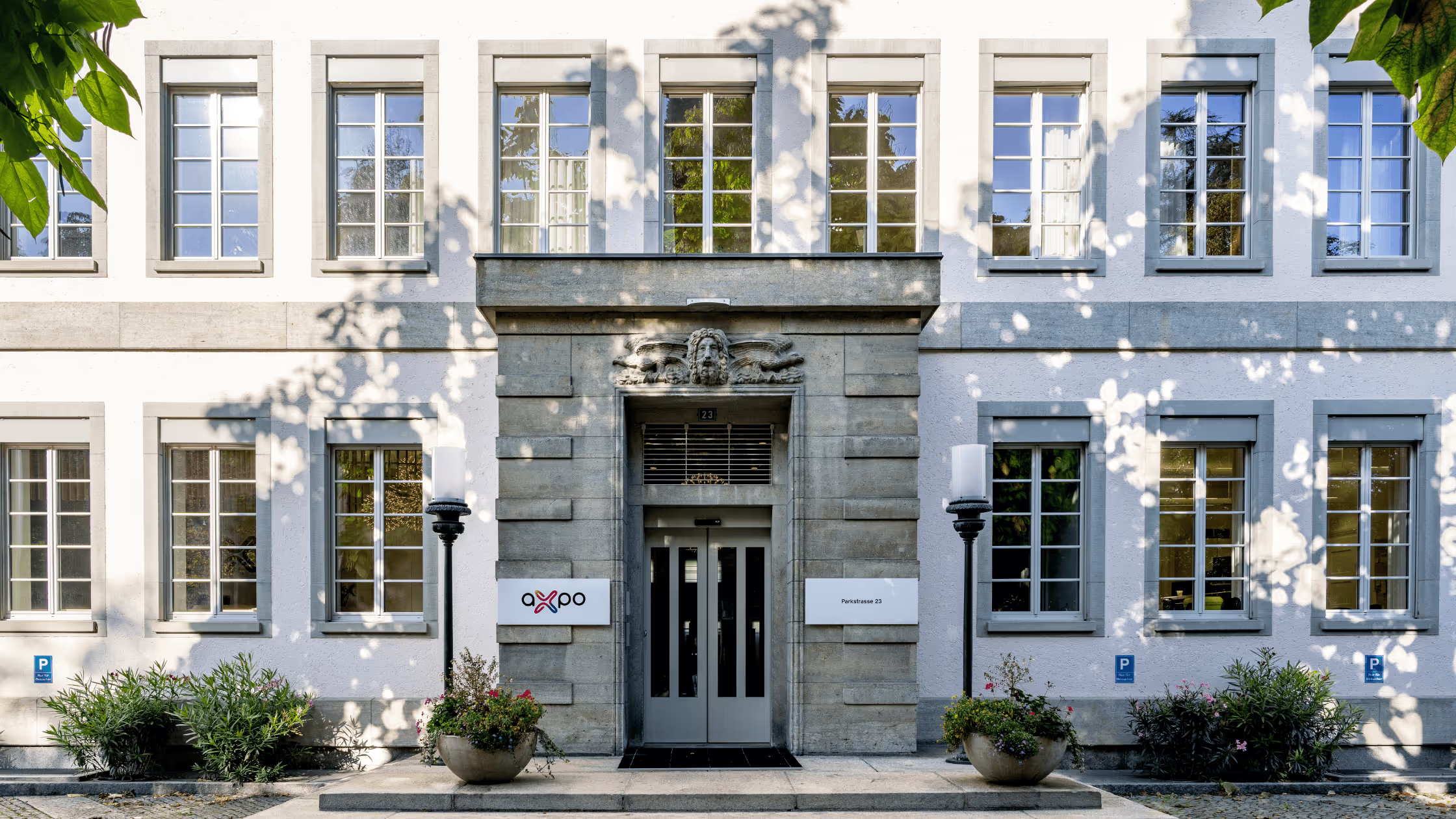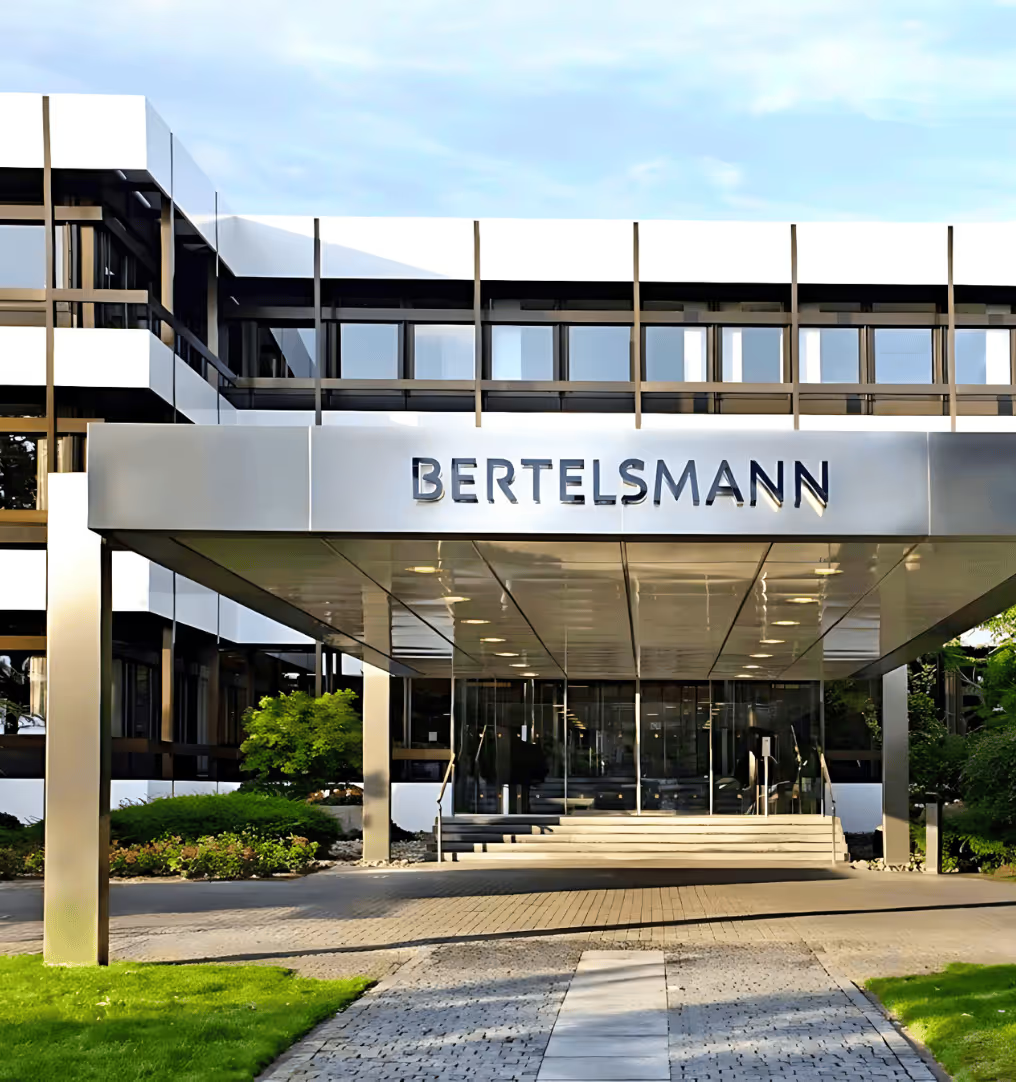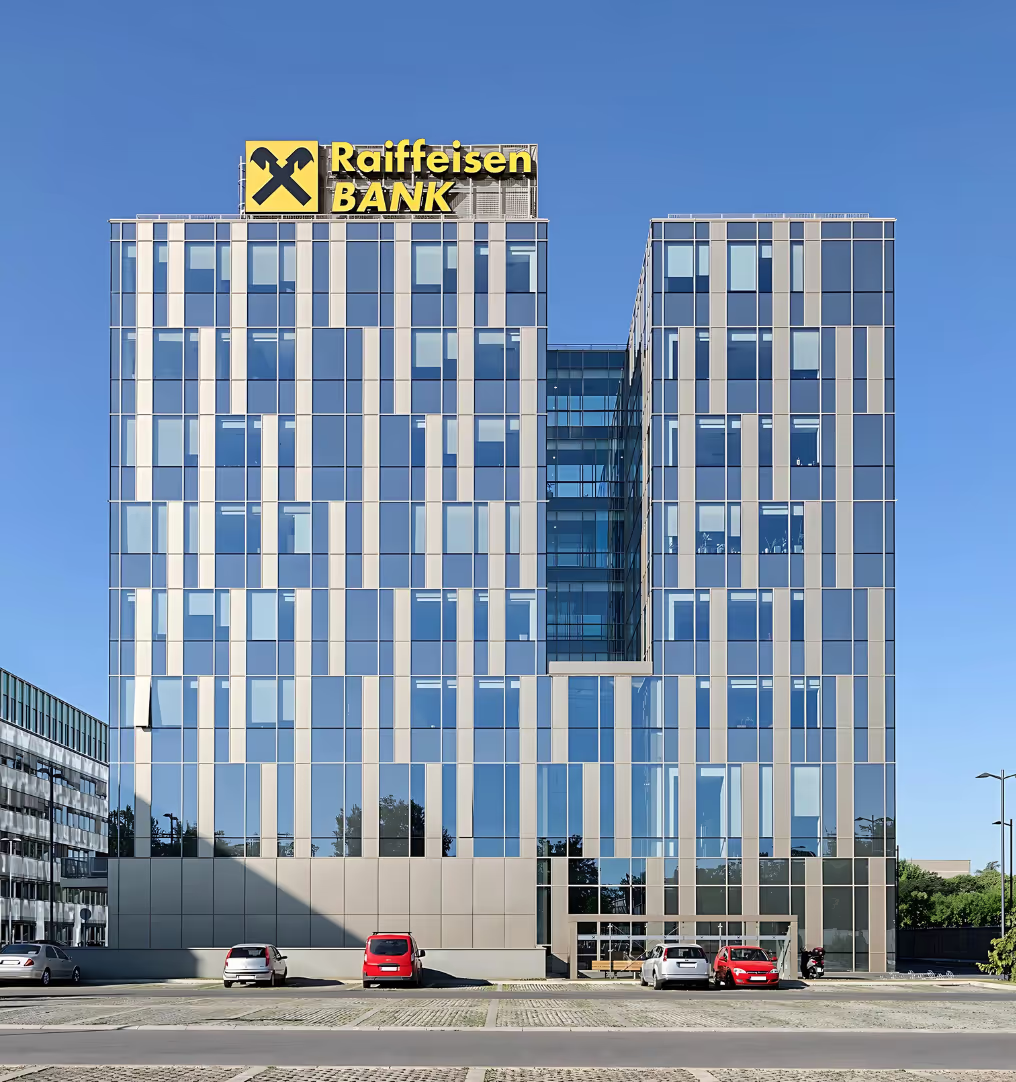Understanding Procurement Costs and Reduction Strategies

Handling the procurement world can often feel like solving a complex puzzle where every piece affects your bottom line.
Whether you’re a seasoned procurement professional or just stepping into this field, understanding how to manage and reduce costs effectively is crucial for the health and success of your business.
But where do you start?
This question is at the heart of procurement management, and finding the answer can significantly impact your company's financial performance.
In this guide, we'll walk you through the essentials of identifying and managing procurement costs. We’ll break down the various types of procurement expenses and introduce you to strategies that can help streamline your processes and save money.
What are Procurement Costs?
Procurement costs encompass all expenses incurred when acquiring goods or services necessary for business operations. This includes every step of the procurement process, from sourcing suppliers to payment.
Procurement costs are crucial for organizations as they directly impact profitability and operational efficiency. It also serves as a key performance indicator for assessing spending practices and procurement efficiency.
Common Types of Procurement Costs
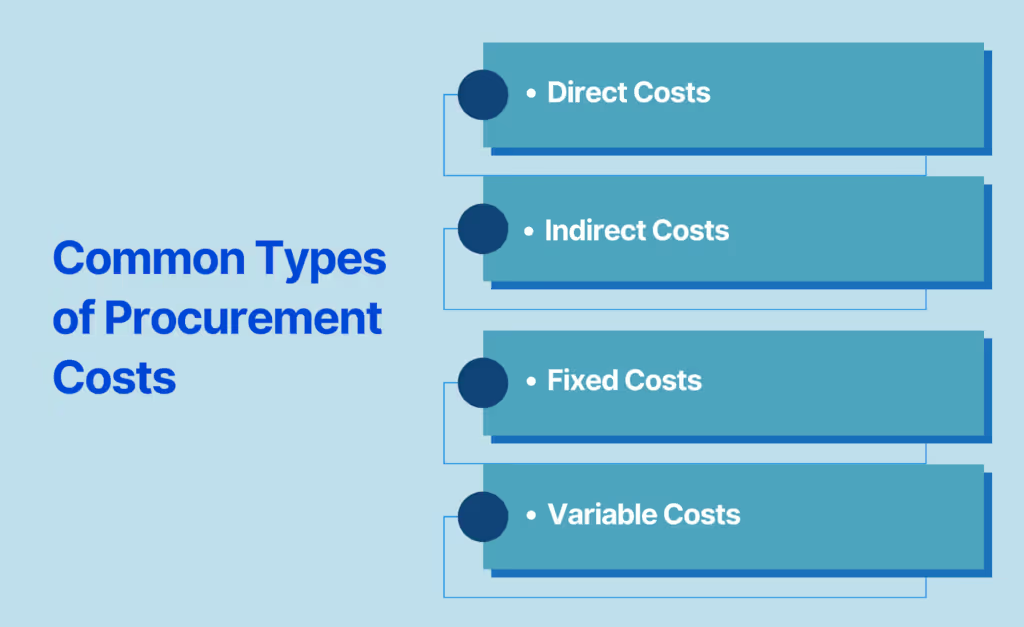
Procurement costs can be categorized into several types, each with its own implications for budgeting and financial management:
- Direct Costs: These are expenses directly tied to purchasing goods or services, such as the base price or unit price of what you’re buying. Examples include raw materials, manufacturing costs, and transportation fees.
- Indirect Costs: These expenses are not directly associated with the product but are necessary for procurement. They include administrative fees, delivery charges, taxes, and other overhead costs that support procurement activities.
- Fixed Costs: Fixed procurement costs remain constant regardless of the volume of goods or services procured. This includes salaries for procurement staff and certain administrative expenses.
- Variable Costs: These costs fluctuate based on the level of procurement activity. For instance, raw material prices may vary with market conditions, affecting overall procurement expenses.
Procurement Cost Vs. Product Cost
It's important to distinguish between procurement costs and product costs:
Aspect
Procurement Cost
Product Cost
Definition
Total expenses incurred in acquiring goods or services necessary for business operations.
Expenses incurred in creating a product intended for sale.
Components
Includes direct costs (purchase price, shipping), indirect costs (administrative fees), and other related expenses.
Includes direct materials, direct labor, and manufacturing overhead.
Focus
Emphasizes the overall cost of sourcing and purchasing.
Focuses on costs associated with production and manufacturing.
Examples
Raw materials, delivery charges, and administrative expenses.
Direct materials (e.g., steel for manufacturing), and labor costs related to production.
Budgeting
Often requires separate budgeting for direct and indirect costs.
Typically treated as inventory costs until sold, then reflected in the cost of goods sold (COGS).
Impact on Pricing
Affects overall operational costs and procurement strategies.
Directly influences pricing strategies for products sold to customers.
Management
Involves procurement processes and supplier relationships.
Involves production processes and cost control in manufacturing.
Types of Procurement Expenses
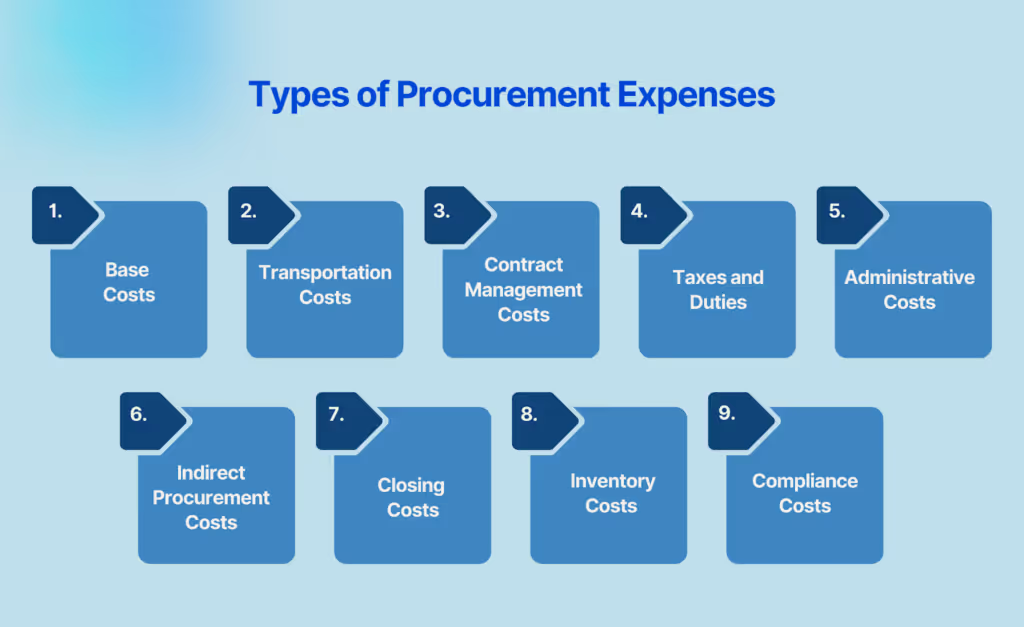
Understanding the various types of procurement expenses is essential for effective cost management. Here are the key categories of procurement expenses that businesses typically encounter, enriched with insights from various sources:
1. Base Costs
Base costs refer to the fundamental expenses directly associated with purchasing goods or services. This includes the purchase price or unit price of items being procured.
For example, if a company pays $1,000 for 50 units of steel, that represents the base cost. Considering these costs is crucial as they form the foundation for determining profitability.
2. Transportation Costs
Transportation costs encompass all expenses related to the logistics of moving goods from suppliers to the business. This includes shipping fees, freight charges, and any handling costs. Efficient management can lead to significant savings; for instance, ordering in bulk can reduce per-unit shipping costs.
Additionally, businesses should consider using local suppliers to minimize fuel and customs charges associated with international shipping.
3. Contract Management Costs
Contract management costs involve expenses related to negotiating, drafting, and managing contracts with suppliers and vendors. This may include legal fees for contract review and compliance checks.
Standardizing contract management processes can help reduce these costs by minimizing extensive legal reviews and ensuring better terms through established relationships.
4. Taxes and Duties
Taxes and duties represent additional costs that businesses must account for when procuring goods or services. This includes sales tax, import duties, value-added tax (VAT), and other applicable taxes that may arise during procurement.
Companies can mitigate these expenses by carefully sourcing materials and leveraging available tax exemptions or special programs.
Also read: Strategic Sourcing Strategies: Top Examples and Processes
5. Administrative Costs
Administrative costs are indirect expenses related to the procurement function that support overall operations. These include:
- Salaries for procurement staff,
- Office Supplies,
- Software used for procurement management,
- Other overhead costs are necessary for maintaining an efficient procurement process.
Automating administrative tasks can enhance productivity and reduce unnecessary expenditures.
6. Indirect Procurement Costs
Indirect procurement costs are associated with running your procurement department but do not directly tie to specific purchases. These include salaries for procurement personnel, administrative fees, processing fees, and other transactional expenses.
While these costs are challenging to eliminate completely, using technology can improve productivity and help mitigate these expenses.
7. Closing Costs
Closing costs are any additional expenses incurred at the final stages of a procurement transaction. This may include inspection fees, certification charges, or last-minute adjustments needed to finalize a purchase agreement.
8. Inventory Costs
Inventory costs encompass all expenses related to storing and managing inventory after procurement. This includes warehousing fees, insurance, utilities for storage facilities, and any costs associated with maintaining optimal stock levels.
9. Compliance Costs
Compliance costs arise from ensuring that procurement activities adhere to relevant laws and regulations. These may include regulatory compliance fees, training costs for procurement staff on compliance issues, and audit expenses.
10. Future Costs
Beyond immediate expenses, businesses should account for future costs that stem from poor procurement decisions, such as:
- Cost of Poor Procurement (CoPP): Financial consequences from ineffective procurement practices.
- Lifecycle Costs: Not only the initial purchase cost but long-term maintenance, replacements, and upgrades.
- Strategic Opportunity Costs: Lost benefits from failing to pursue strategic procurement, like missed supplier partnerships or innovations.
- Procurement Risks Costs: Future expenses from risks such as supply chain disruptions or non-compliance.
Addressing these future costs is key to optimizing procurement strategies and ensuring long-term savings.
Strategies to Reduce Procurement Costs
Reducing procurement costs is essential for improving a company's bottom line and enhancing operational efficiency. Here are key strategies that businesses can implement, enriched with insights from various sources:
1. Operational Cost Savings
These strategies focus on immediate, short-term actions that improve day-to-day procurement efficiency, reduce manual efforts, and minimize direct expenses.
A. Automate Procurement Processes
Implementing automation in procurement processes can significantly streamline operations and reduce costs. Utilizing advanced procurement software allows businesses to automate tasks such as
- Purchase order creation
- Invoice processing
- Approval workflows
Automation minimizes manual errors, speeds up the procurement cycle, and frees up the procurement team to focus on strategic activities rather than repetitive tasks.
B. Conduct Spend Analysis and Eliminate Maverick Spend
Regularly analyzing spend data helps identify cost drivers, maverick spending, and opportunities for procurement savings. Organizations can monitor purchasing patterns and enforce compliance with procurement policies by leveraging data analytics tools.
Eliminating unauthorized purchases through stricter controls saves money and enhances overall procurement efficiency.
This approach can also help identify tail spend — expenses that often go unnoticed but can accumulate significantly over time.
C. Manage Logistics Effectively
Effective logistics management encompasses both transportation costs and inventory management.
Businesses should regularly evaluate their logistics operations to identify potential savings by consolidating orders and deliveries to reduce shipping costs. Exploring alternative transportation methods can also lead to cost reductions.
Additionally, regularly reviewing inventory levels helps maintain optimal stock while minimizing carrying costs. Overstocking ties up capital and incurs additional storage costs, while understocking can lead to missed sales opportunities.
Implementing inventory management techniques, such as just-in-time (JIT) inventory or demand forecasting, enables businesses to balance supply with demand effectively.
D. Minimize Administrative Costs
Automating administrative tasks within the procurement process can save valuable time and resources.
Businesses can streamline operations and reduce overhead associated with manual processes by centralizing data management — such as tracking invoices, approvals, and vendor contracts.
E. Reduce Overhead
Reassessing the facilities used for production and storage can lead to significant cost reductions. Companies should consider options that provide strategic advantages while lowering expenses — such as evaluating machinery for repair versus replacement or outsourcing production if it offers similar quality at a reduced cost.
Additionally, adopting remote work practices can decrease office space costs while maintaining productivity.
2. Strategic Cost Savings
A. Optimize Supplier Relationships
Building strong relationships with suppliers can lead to better pricing, improved quality, and more favorable payment terms. Regularly reviewing and negotiating contracts ensures they align with your organization's cost-saving goals.
Establishing strategic partnerships with key suppliers fosters collaboration for joint planning and innovation, which can enhance pricing and terms throughout the vendor lifecycle.
A formalized procurement process also helps mitigate risks associated with maverick spending and fraud.
B. Streamline Negotiations
Negotiation is a critical component of the procurement process that should focus on building mutually beneficial relationships with suppliers.
Utilizing an automated vendor management system allows businesses to track vendor performance and pricing effectively. This data-driven approach enables companies to negotiate better terms during contract renewals or adjustments.
C. Consolidate Purchases for Economies of Scale
Centralizing purchasing across departments allows businesses to take advantage of volume discounts, driving down per-unit costs.
By consolidating orders with fewer suppliers, companies can streamline their purchasing processes while negotiating better terms. This approach reduces costs and minimizes administrative overhead associated with managing multiple suppliers.
D. Navigate Taxes and Duties Through Vendor Comparisons
Understanding the impact of taxes and duties on procurement costs is crucial for effective budgeting. Businesses should conduct vendor comparisons to evaluate total landed costs, which include purchase price, shipping fees, taxes, and duties.
Sourcing from vendors that offer the best overall value — including favorable tax implications — can significantly reduce total procurement expenses.
Additionally, exploring local sourcing options may help avoid certain taxes or duties altogether.
E. Implement Category Management
Organizing procurement activities by product or service category allows for better supplier management and cost reduction opportunities. This strategic approach enables businesses to consolidate purchases within categories, optimizing spend while leveraging economies of scale.
Also read: 5 Critical Signs Your Category Management Needs an Upgrade
Why Strategic Methods Have a Higher Impact on Savings
While operational strategies provide immediate cost savings, strategic procurement methods offer long-term, sustainable improvements that yield higher savings over time.
These strategies focus on optimizing supplier relationships, reducing risks, and aligning procurement activities with broader business goals, all of which contribute to reducing costs in the long run.
By redefining how procurement operates within the organization, strategic methods drive higher efficiency, mitigate future risks, and lead to greater savings overall.
How akirolabs Drives Strategic Cost Optimization
While the above strategies are essential for reducing procurement costs, leveraging a category management tool like akirolabs can make a difference.
akirolabs empowers you to take control of your procurement costs with precision and insight. Our platform simplifies cost tracking and optimisation by integrating advanced analytics and AI-powered tools, helping you make data-driven decisions that maximize value for your business.
Key Features:
- Take Control of Procurement Costs: akirolabs consolidates and analyzes spend data from across the organization, offering a clear, actionable overview to guide decision-making and identify savings opportunities.
- Enhance Collaboration: With built-in tools for cross-functional collaboration, Akirolabs ensures that procurement strategies align with organizational goals, fostering transparency and stakeholder alignment.
- Optimize Strategies with Scenario Modeling: akirolabs' scenario modeling feature allows teams to simulate various procurement strategies, comparing cost reduction versus value creation, and identifying the most effective solutions for long-term savings.
- Continuous Monitoring and Reporting: akirolabs provides real-time insights and comprehensive reports, enabling procurement teams to track progress and adjust strategies as needed.
- Value Tracking: The platform allows organizations to monitor critical metrics such as cost reductions, value creation, and ESG impact, ensuring that procurement decisions align with both financial and strategic goals.
- Sustainability Integration: akirolabs integrates ESG goals into procurement activities, helping businesses reduce costs while also supporting their corporate responsibility objectives.
By using these features, Akirolabs allows you to eliminate inefficiencies, negotiate better supplier terms, and align spending with your business goals.
Conclusion
In conclusion, managing procurement costs effectively enhances operational efficiency and drives business success. The strategies outlined in this article provide a solid foundation for procurement teams looking to optimize their processes.
However, to truly elevate procurement from a tactical function to a strategic value driver, using a powerful tool like akirolabs can make all the difference.
With features such as strategic scenario modeling, AI-driven insights, and effective category management, akirolabs helps teams make smarter decisions that align with business goals. It balances cost savings with incorporating sustainability and innovation into procurement strategies.
Book your demo today and optimize your procurement costs the right way!
What makes a successful pilot with akirolabs?
We define success collaboratively with your team. Typical outcomes include strategy creation for priority categories, measurable process improvements, and internal alignment. We provide full support and a clear roadmap for evaluation.
Can I try the platform hands-on after the demo?
Yes, we offer guided pilots and sandbox environments depending on your stage in the buying process. These give you and your team the opportunity to explore features in your own context.
Can I see how akirolabs would work with our specific categories?
Yes, we can tailor the demo to showcase how akirolabs works with your specific categories and procurement structure. Let us know your priority areas in advance, and we'll customize the demonstration accordingly.
Who should attend the demo from my organization?
We recommend including key stakeholders from your procurement leadership team, category management function, and procurement excellence or transformation groups. Including business stakeholders can also be valuable to demonstrate how the platform facilitates cross-functional collaboration.
How long does a typical demo take?
A standard demo takes approximately 45-60 minutes, allowing time for a comprehensive overview of the platform and discussion of your specific requirements. We can adjust the timing based on your availability and areas of interest.
What will I see during an akirolabs demo?
During the demo, you'll see the complete akirolabs Category Strategy Workbench in action, including the collaborative workflow, AI-powered insights from akiroAssist, strategic scenario modeling capabilities, and the Strategy One-Pager feature. We'll customize the demonstration to focus on aspects most relevant to your organization's needs.
Ready to Transform Your Procurement Strategy?
There’s a better way to do procurement. This is IT.
.avif)









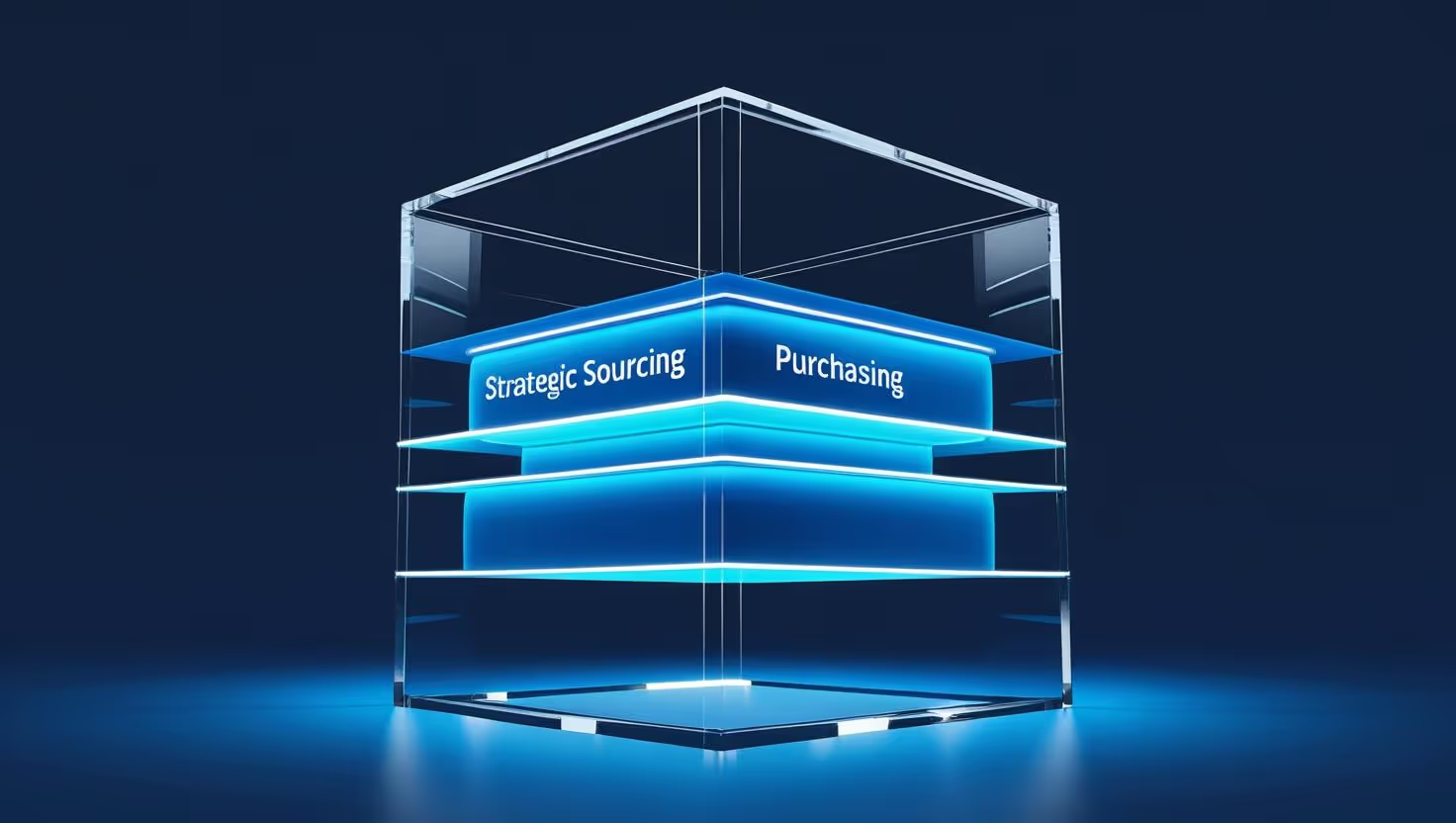


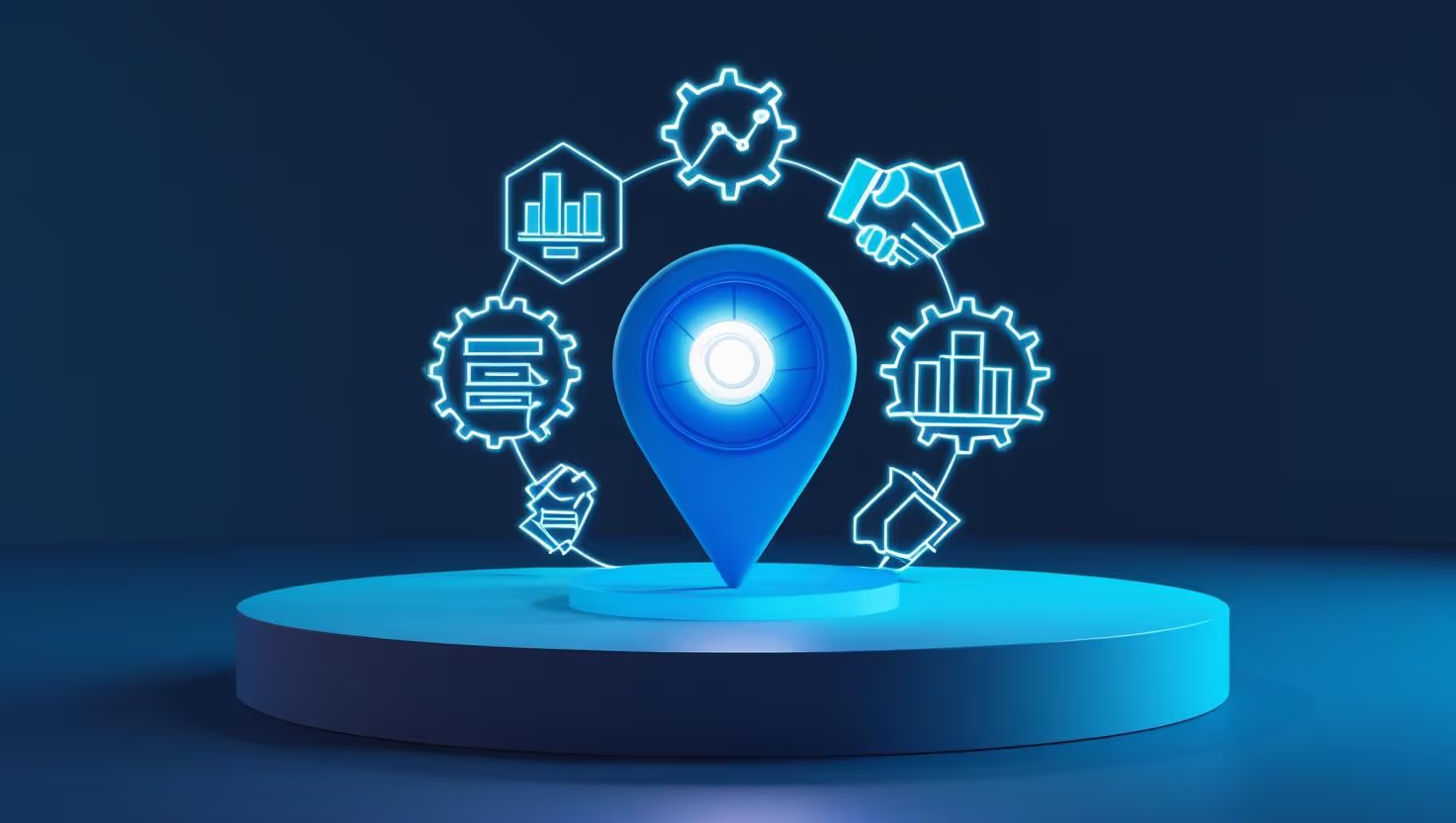
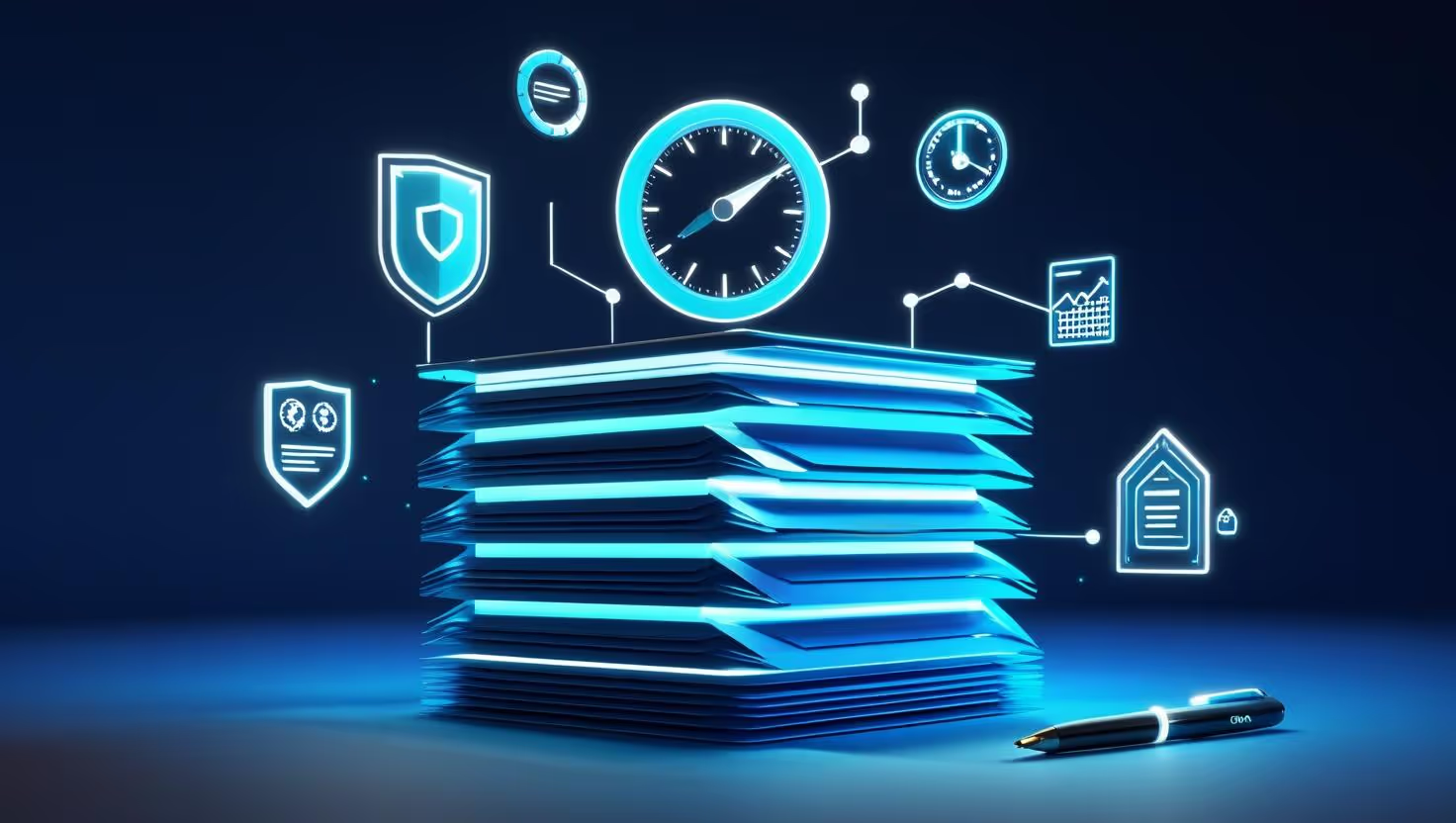













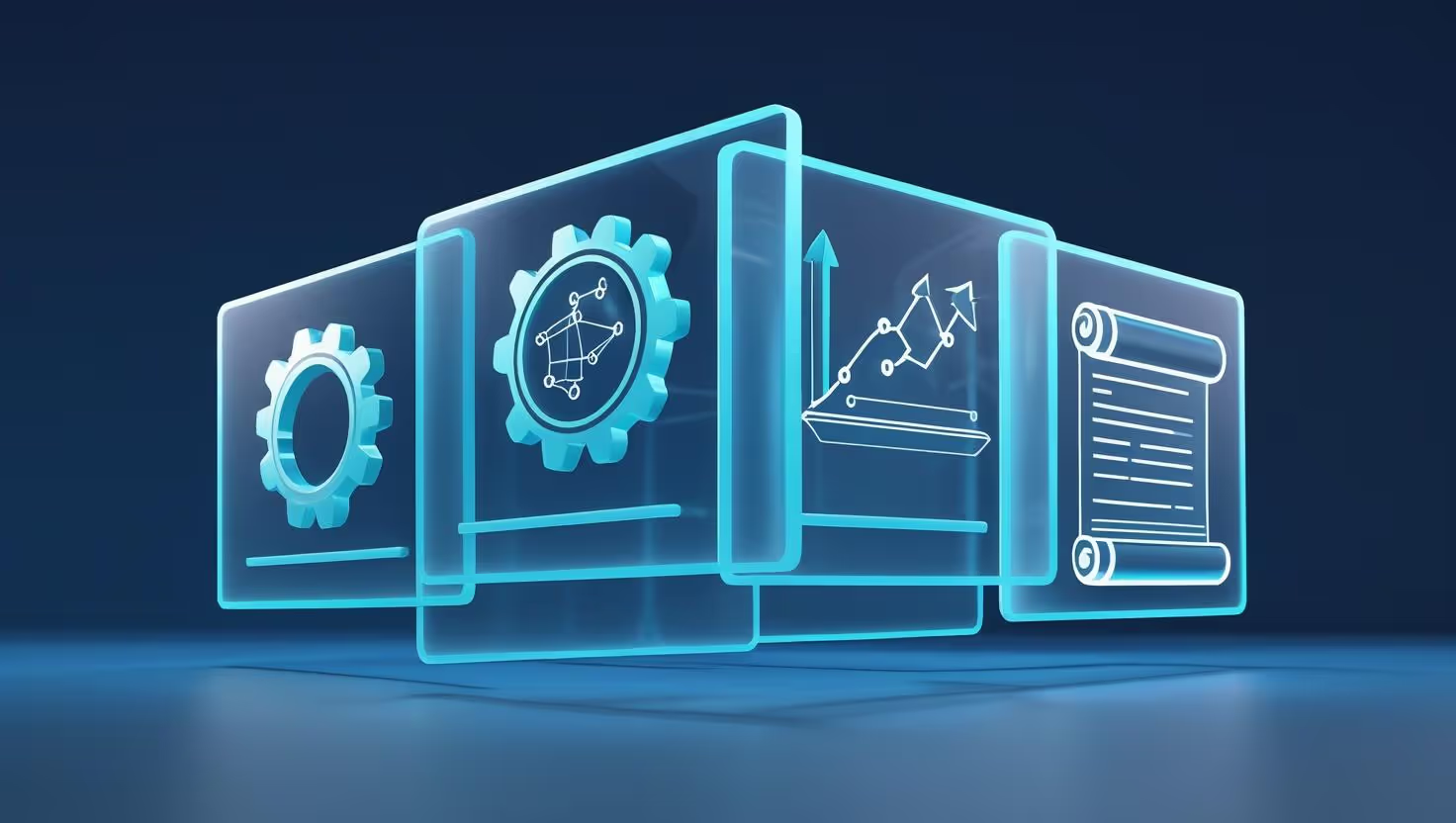

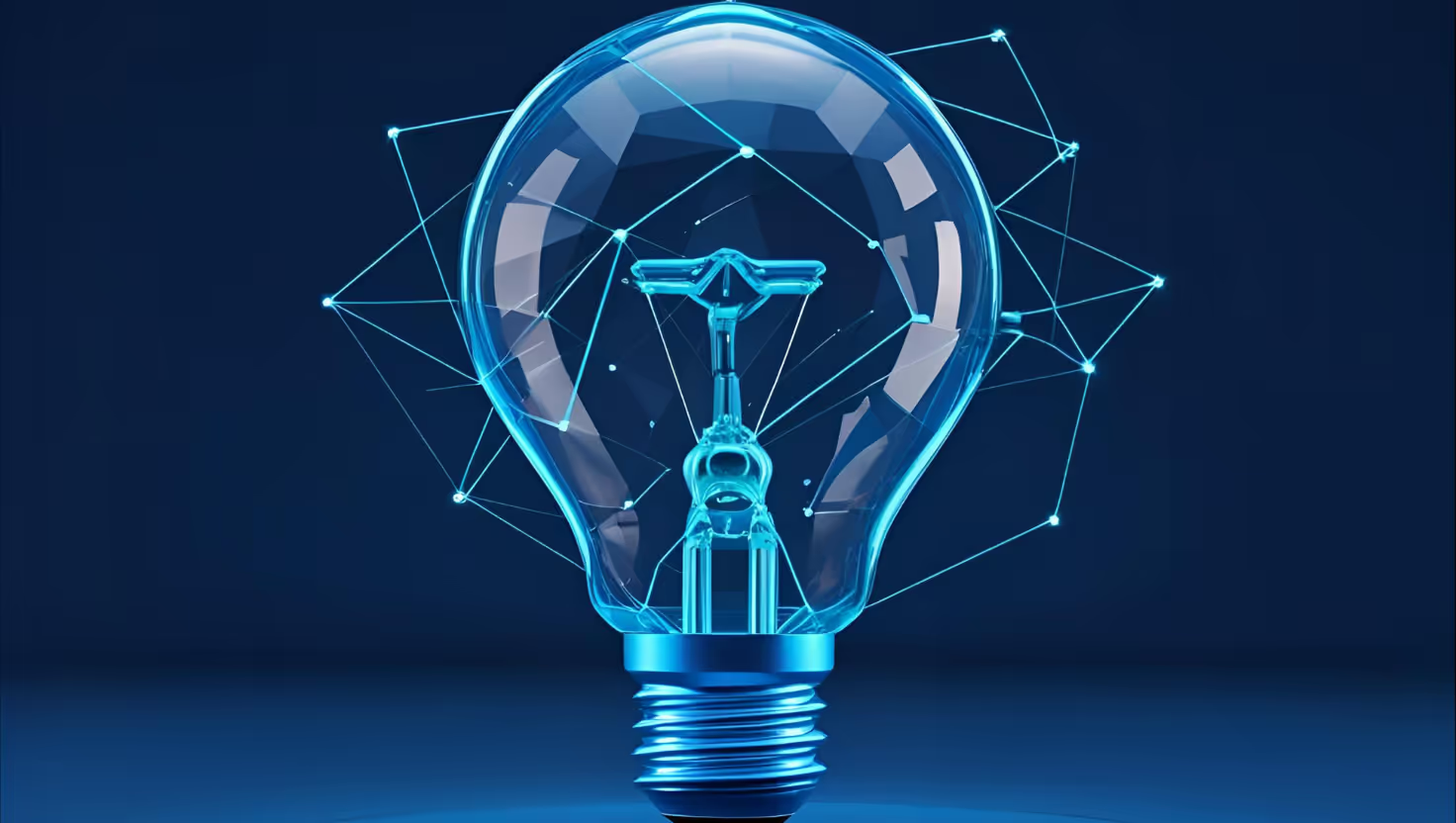


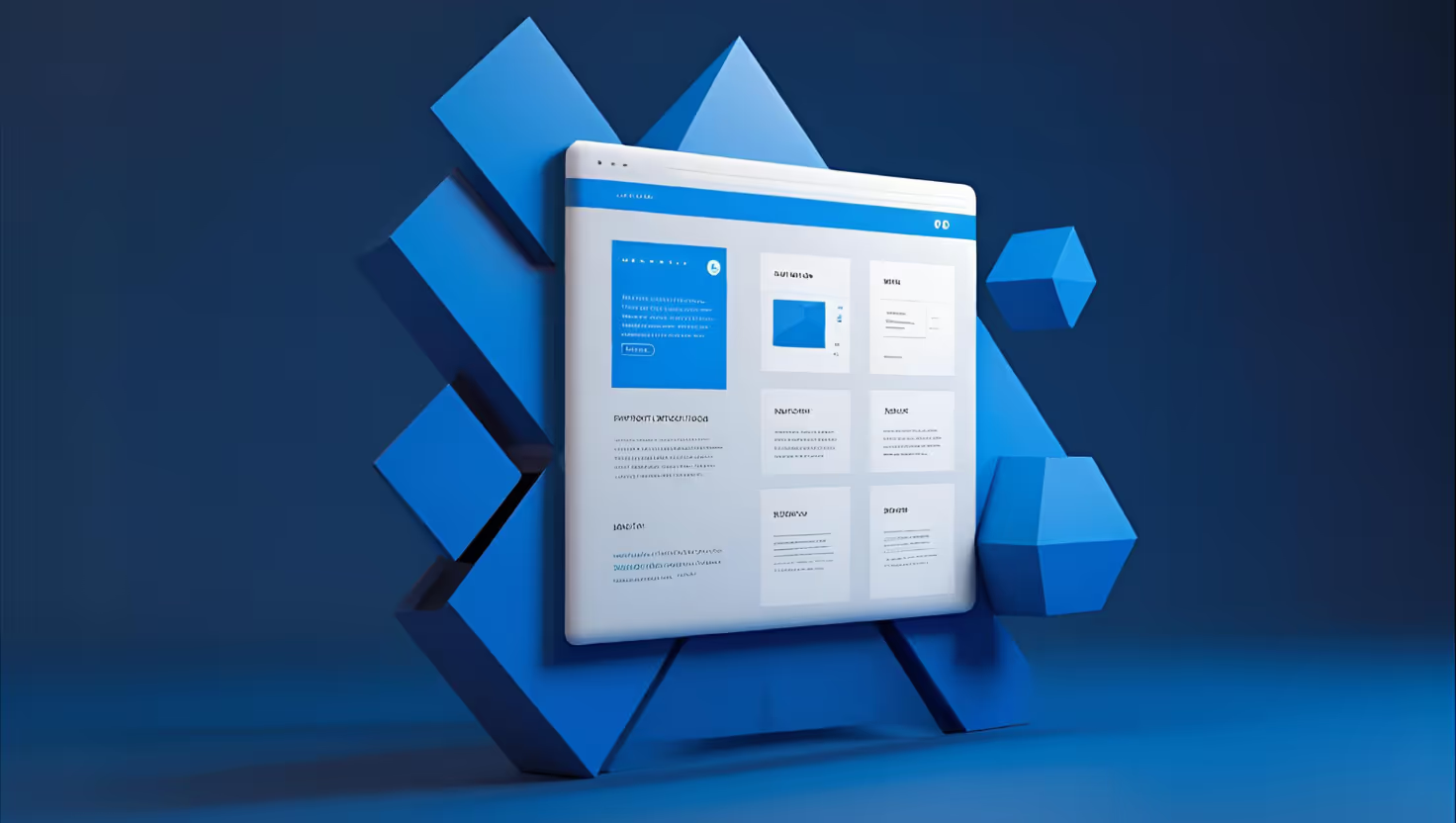










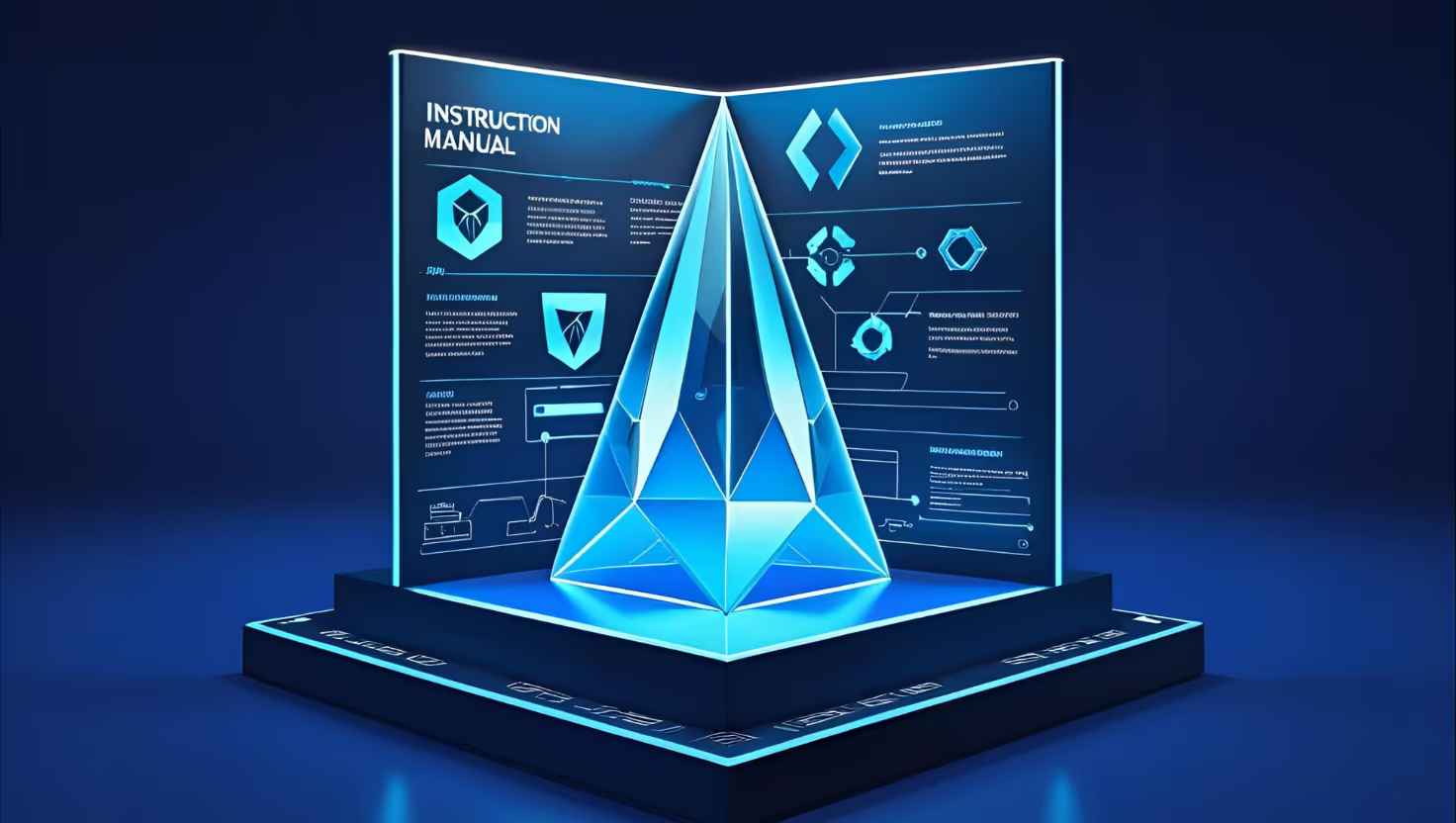




















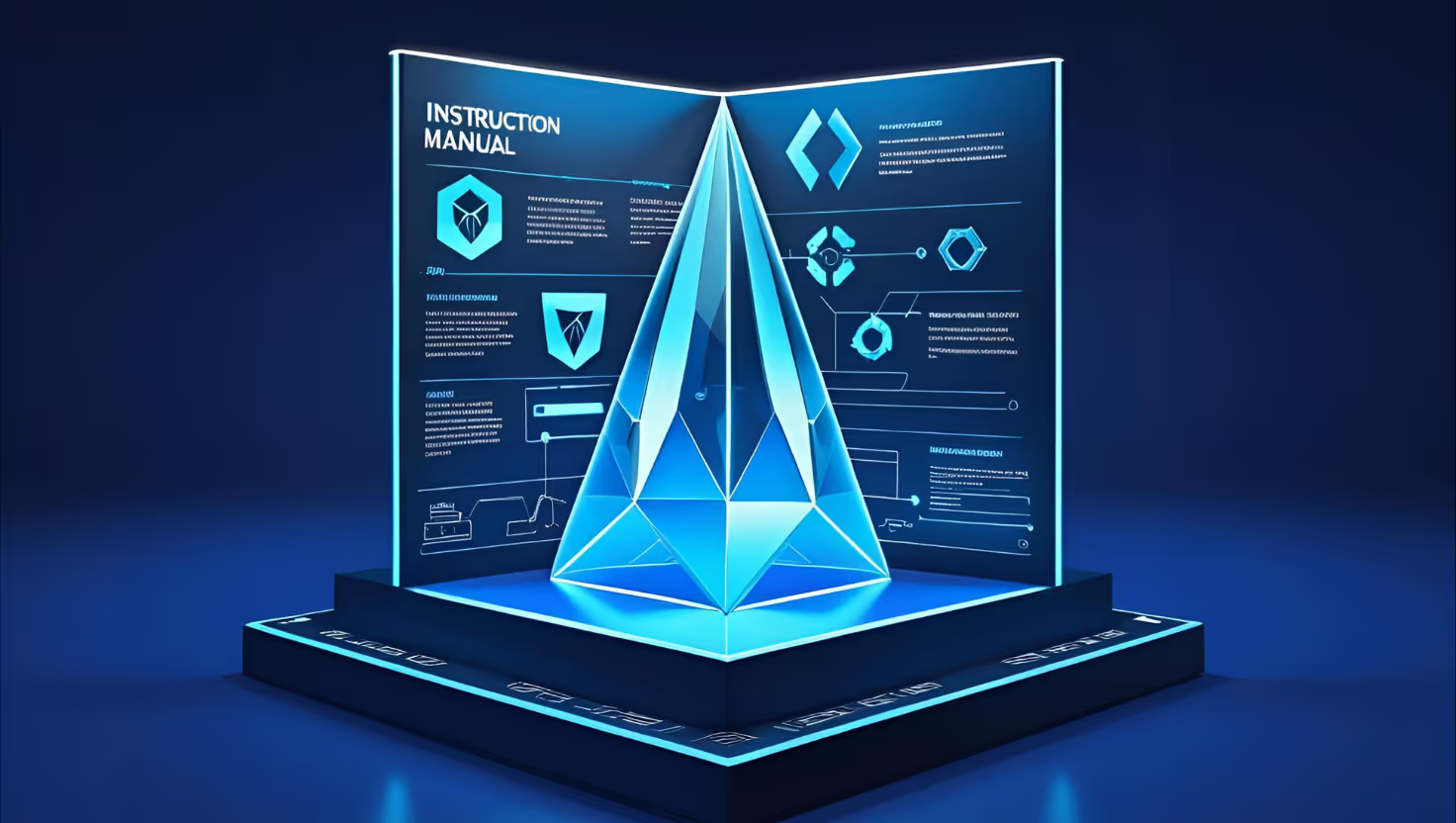










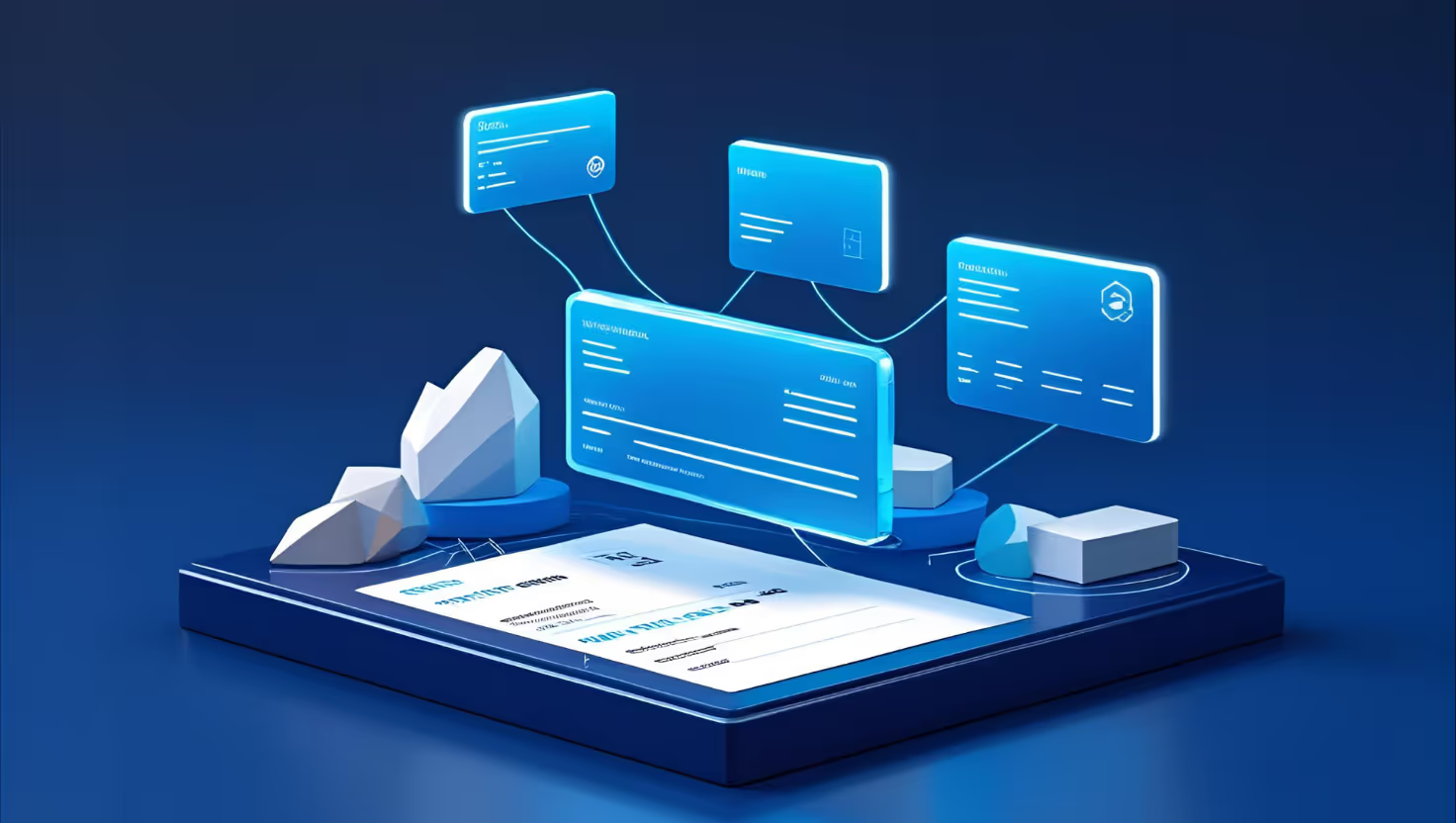







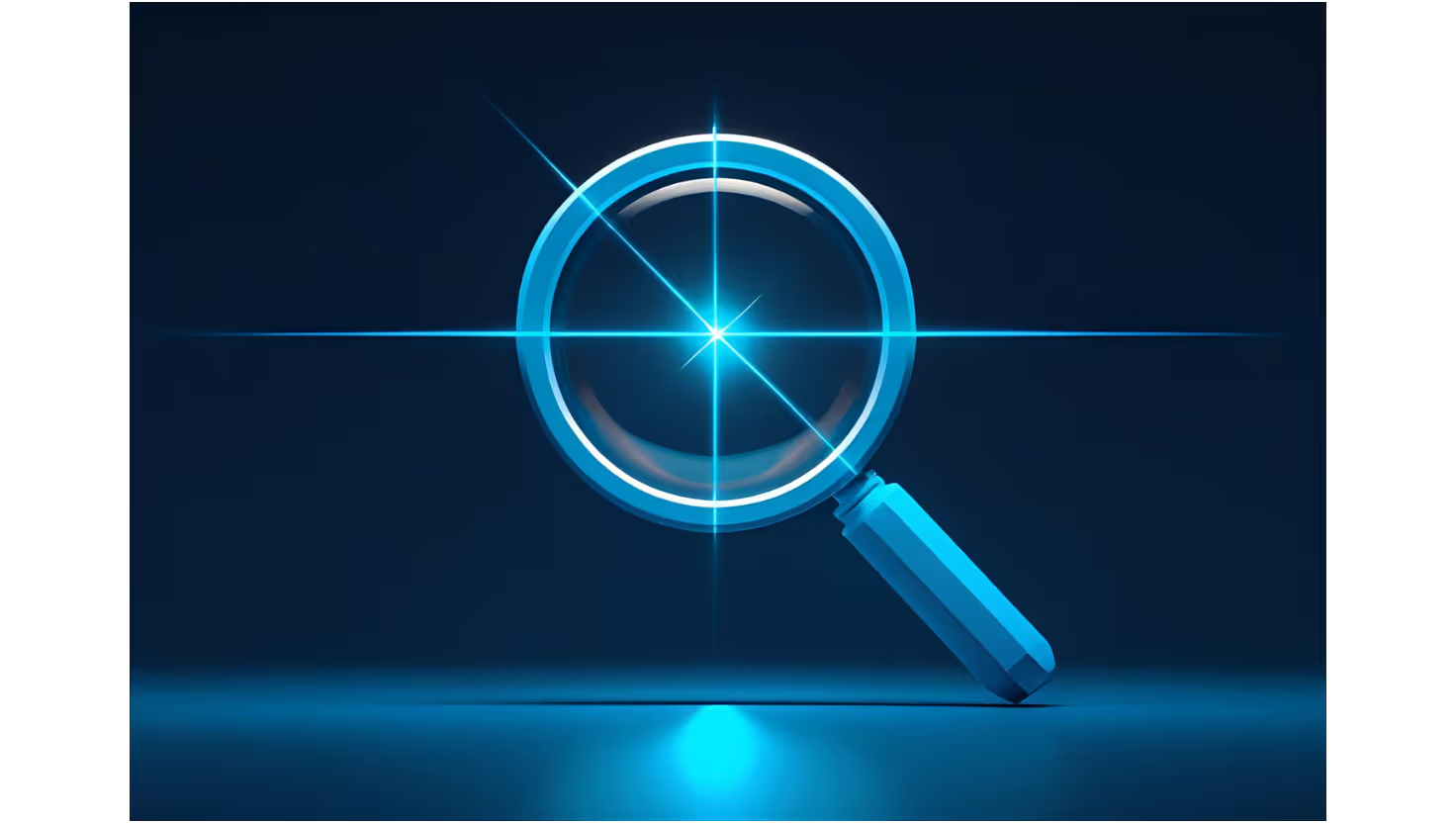
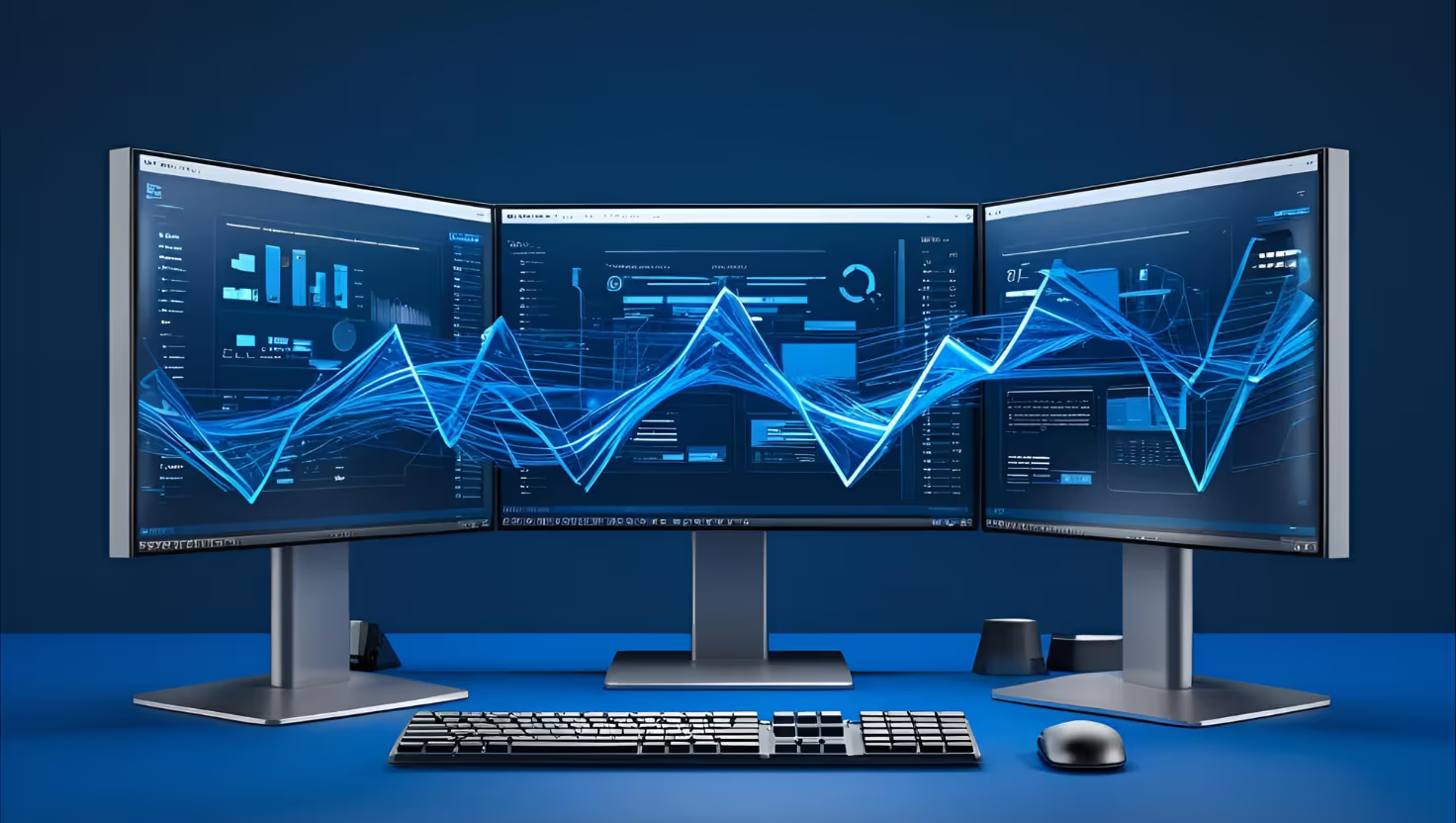


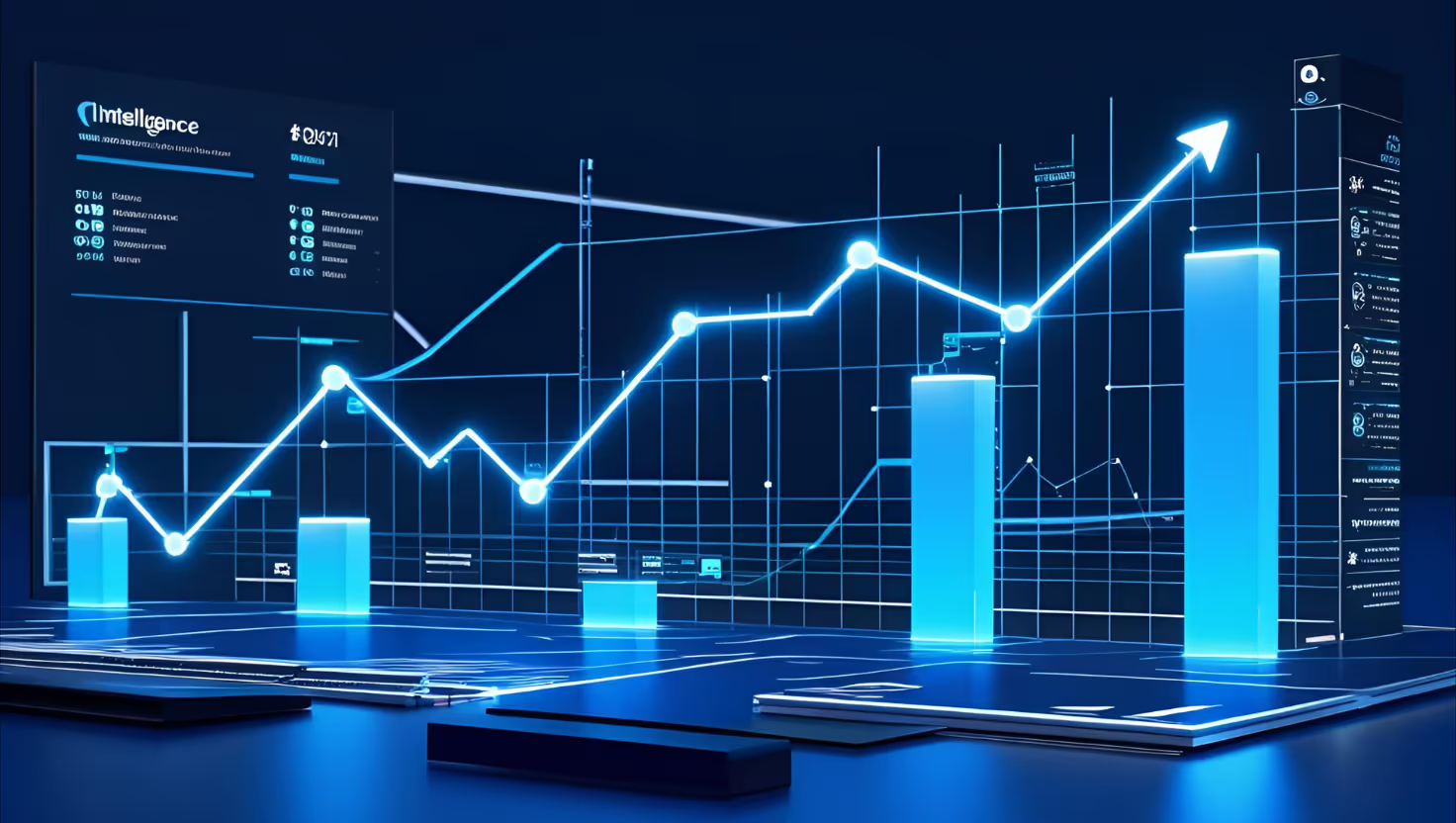
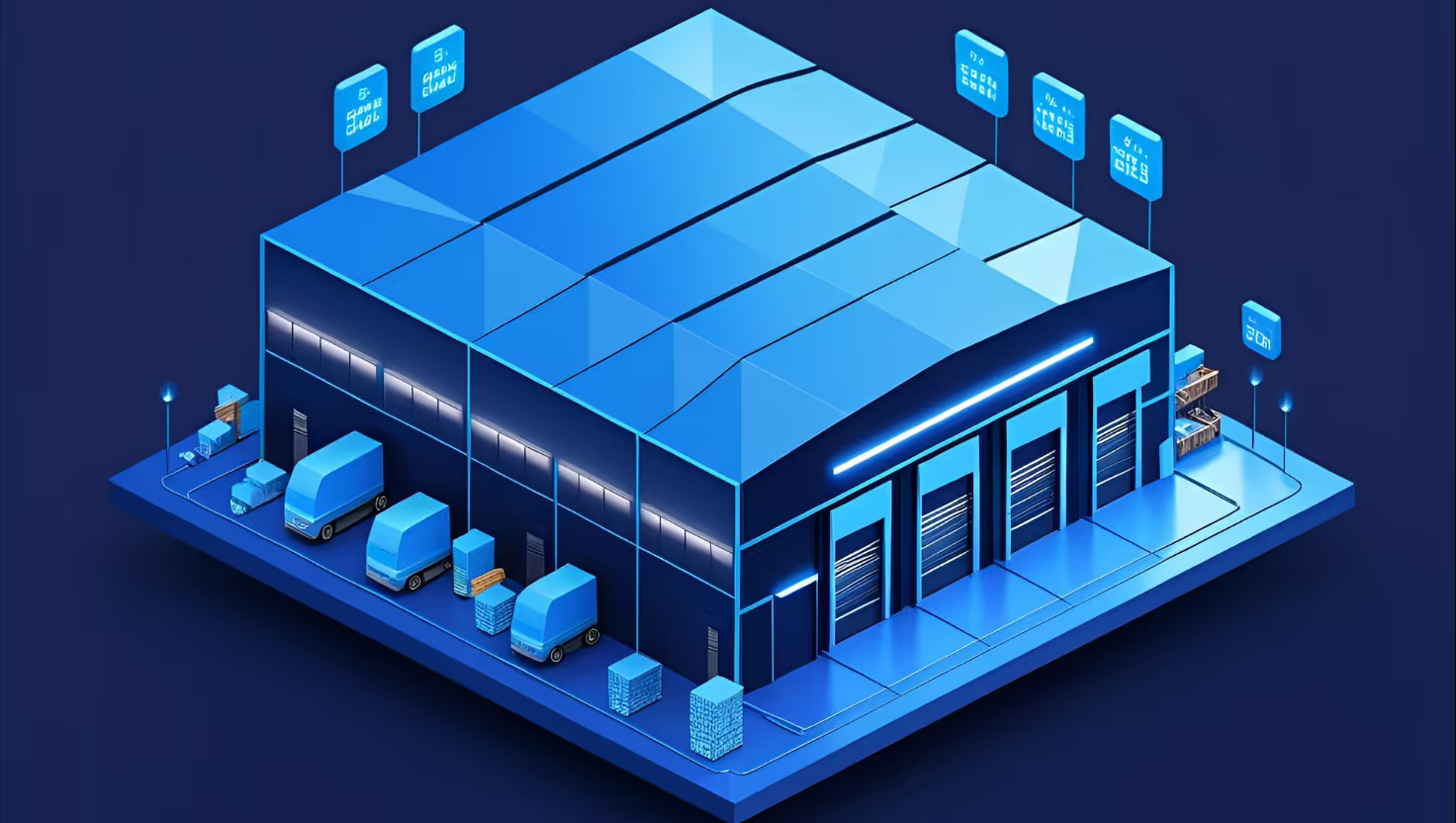

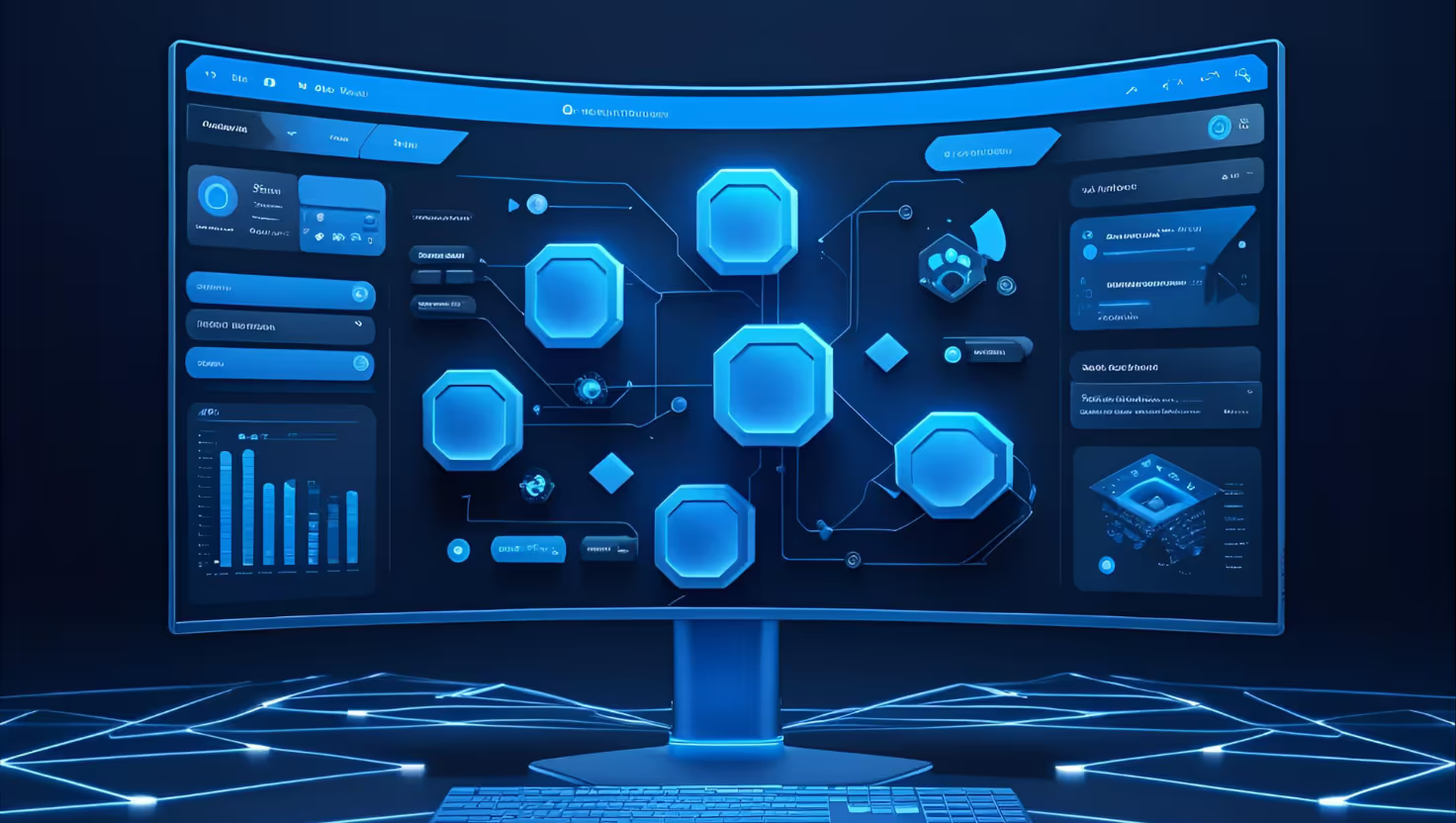





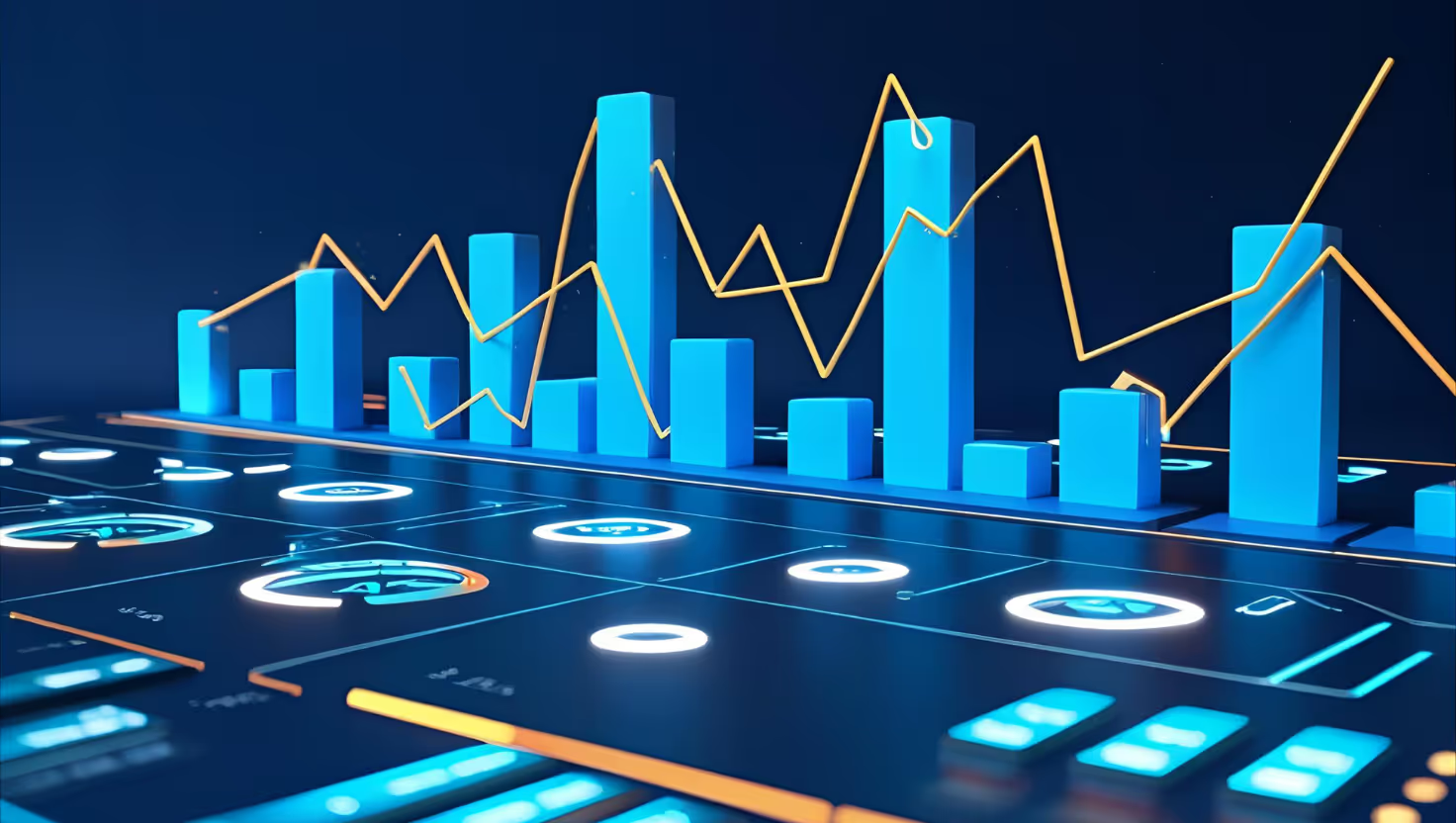





.avif)




